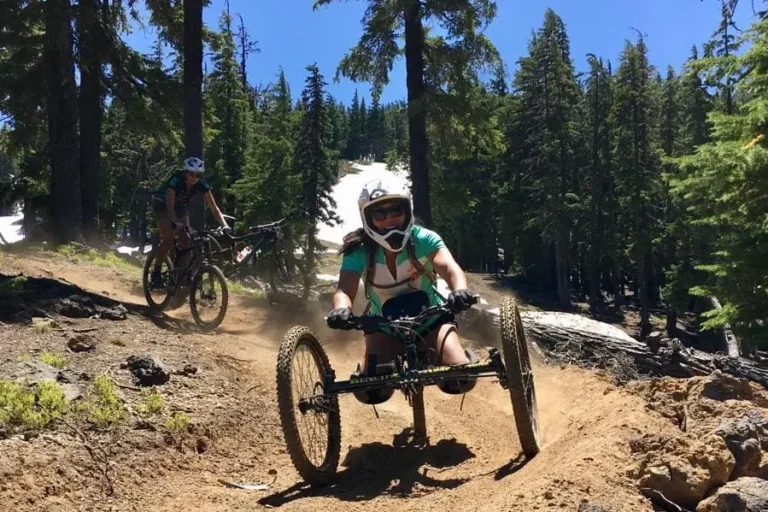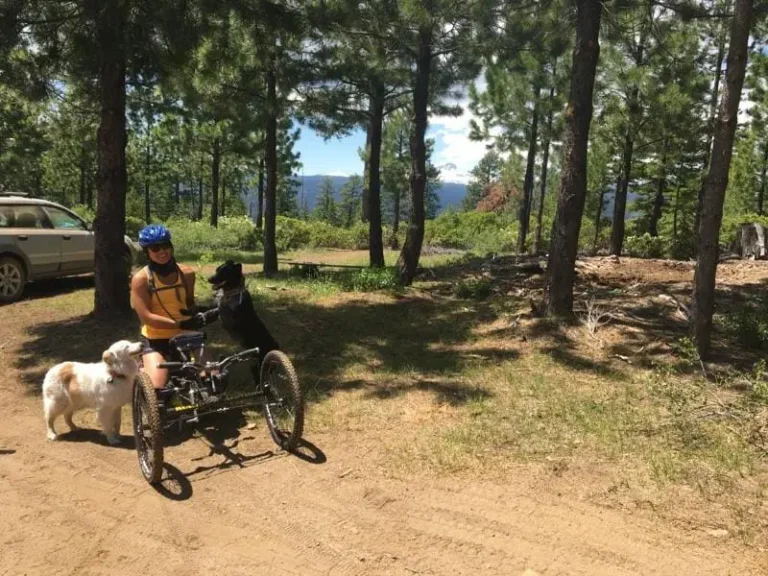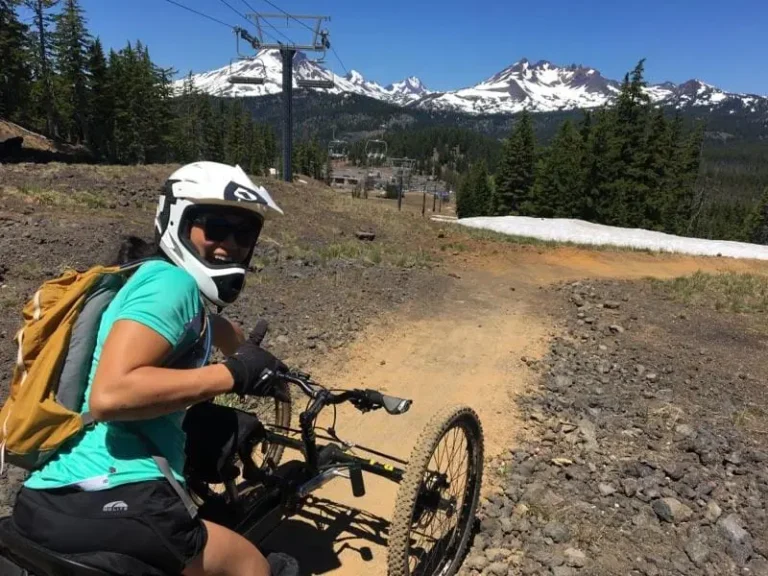Anna
When I broke my back in a rock climbing fall two years ago, the paraplegia was secondary in my mind. The only thing racing through my head as I desperately pleaded with my legs to twitch or flicker, was that I needed them to carry me back to the peaks of the Sierra, up the fissures of Moab’s sandstone walls, across the talus fields and through the gnarled arms of Nevada’s endless seas of sage. The stillness of my feet was merely the quiet, tangible evidence of the lost freedom and ransacked identity that I was mourning. My ability to find escape and peace in my favorite places was lost in an instant. I was devastated and terrified.
I spent the next two months in hospitals, recovering from the shattered bones in my back and wrist. I hated the straight lines of the corners of the room and the constant battery of lights and beeps at all hours of the day and night. I longed to wake up in my tent again and brush this nightmare away with the sleep from my eyes. From my laptop, I escaped my hospital room by devouring photos, trip reports, and climbing route beta – with the new hunger of a caged dog.
Slowly, I stumbled upon the world of adaptive sports. At that time, I didn’t know anyone with a physical disability. Disability was a distant, vague term that I only peripherally associated with the Paralympics every few years; it was a world completely abstract to my own life. I was in awe of these athletes who were climbing, skiing, and mountain biking in a style I’d never seen before; they were getting after it and I was pumped. For the first time after my fall, I found hope for my future. I became fixated by these three-wheeled adaptive mountain bikes custom-made by a guy in Crested Butte. I watched as many videos as I could find of his off-road handcycles crawling over rock and trail. I needed one of these bikes. If my legs couldn’t get me back into the wilds, my arms and this bike would. But I was crestfallen by the price tag. With the mountain of medical bills and therapy costs, getting one was completely beyond my budget.
A year and a half later, with the help of a grant I received from the Kelly Brush Foundation, I was able to fund my own Reactive Adaptations handcycle. I’ve ridden my Bomber almost every weekend since it was delivered to my door in July. I’ve taken it to a mountain bike festival in Targhee, a technical riding camp in Moab, a women’s crush-fest in Sun Valley, and have used it to access climbing at Smith Rock. It’s allowed me to race against other handcyclists, hike with able-bodied friends, and run my cattle dog for miles through the Boise foothills. I can meander through the trees and cliffs again – over hills, rocks, and dirt whenever I fancy. My life is so full of adventure and happiness again that I’m worried someone might notice.



